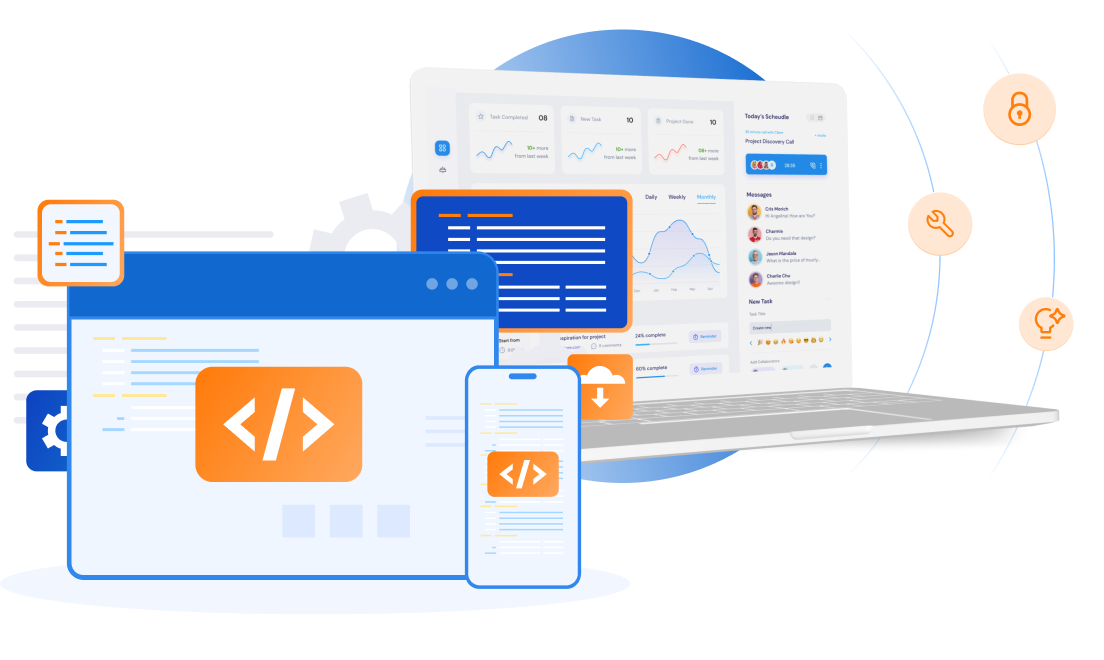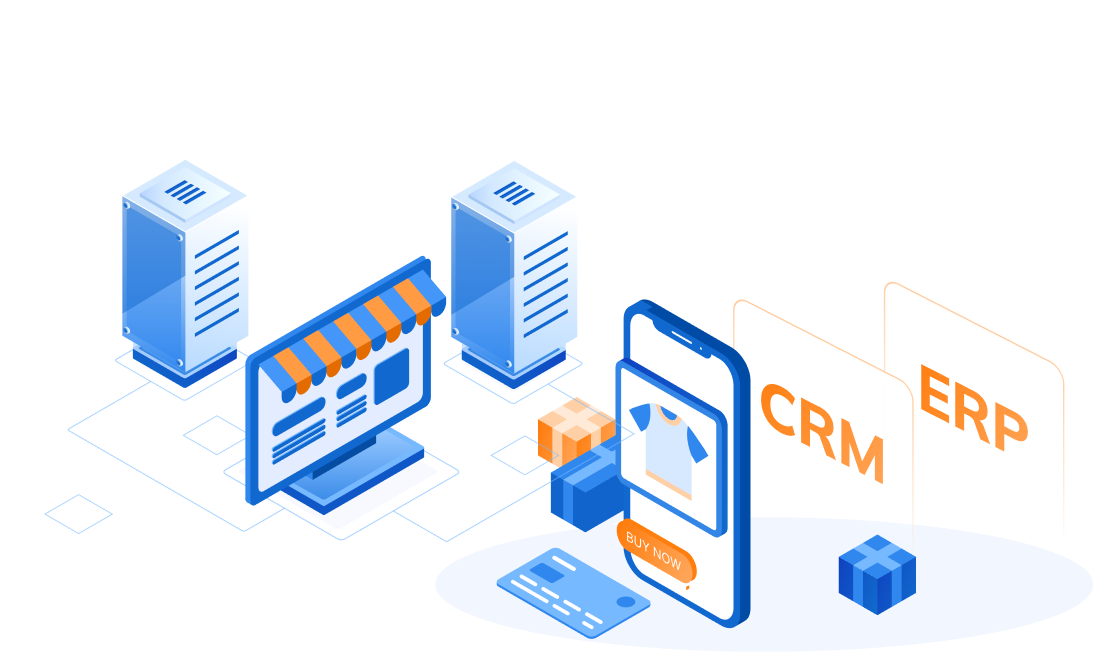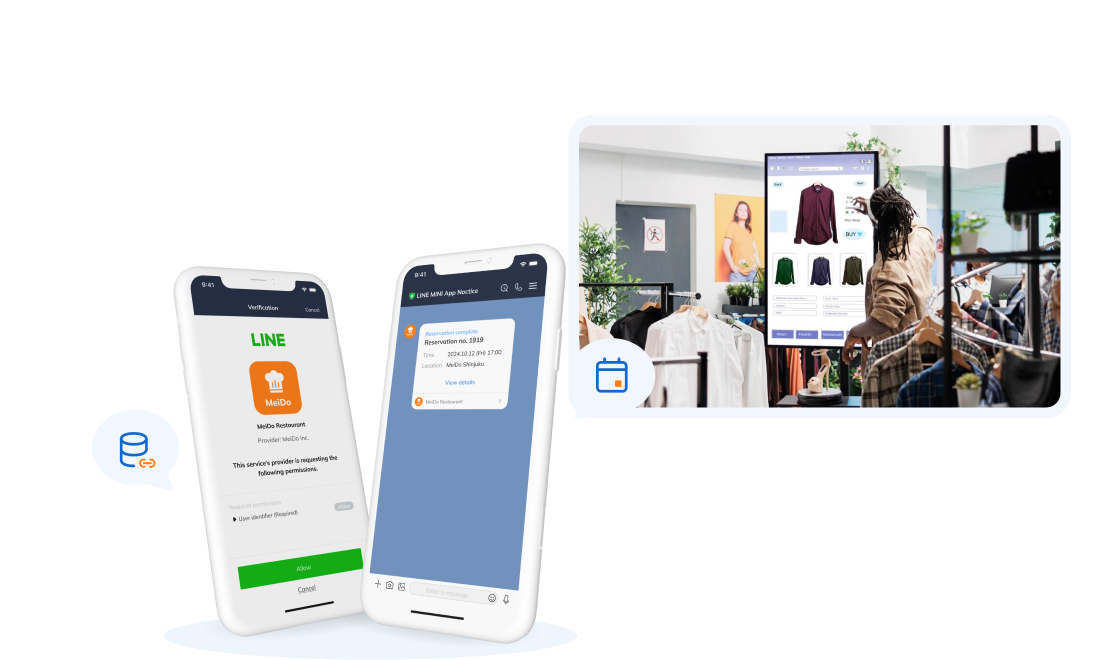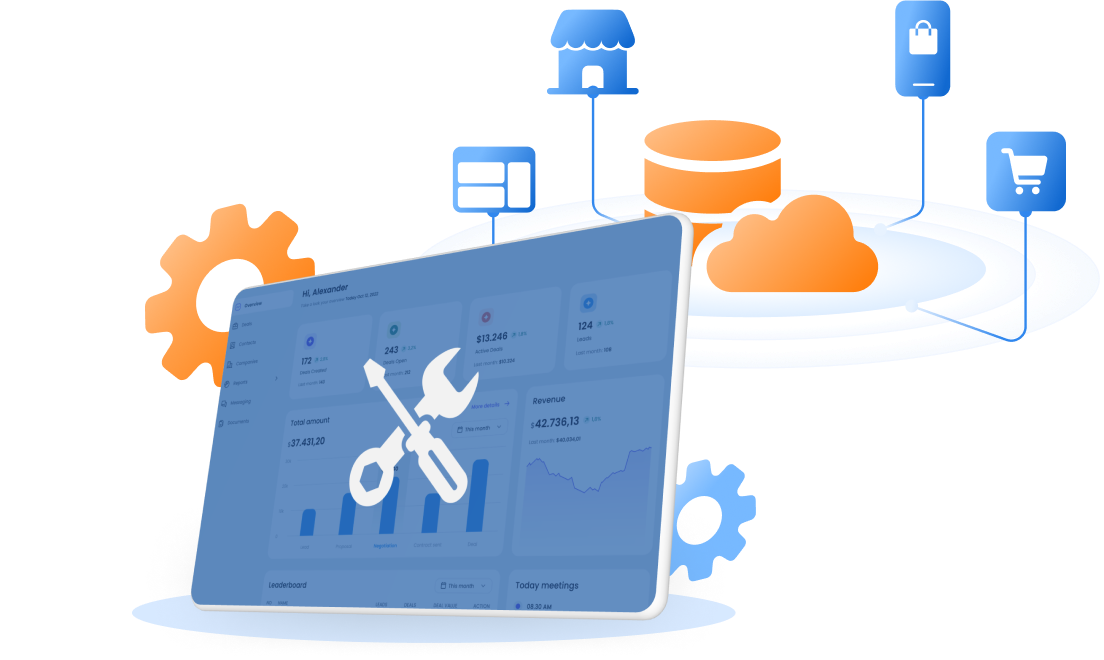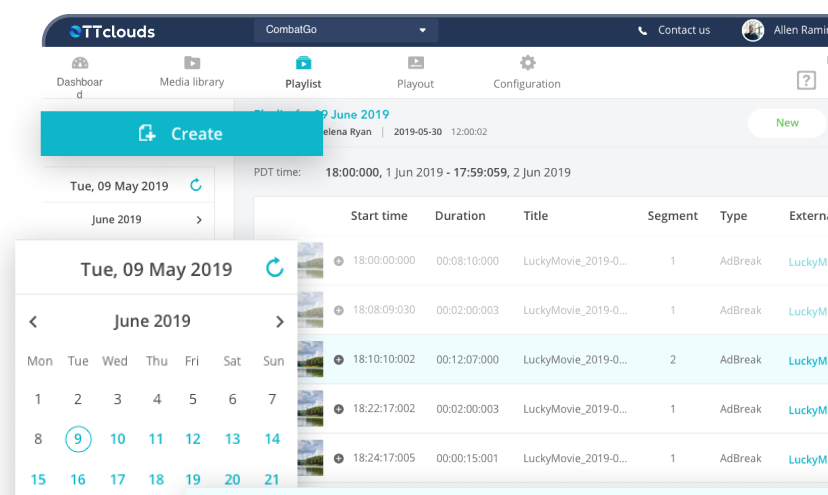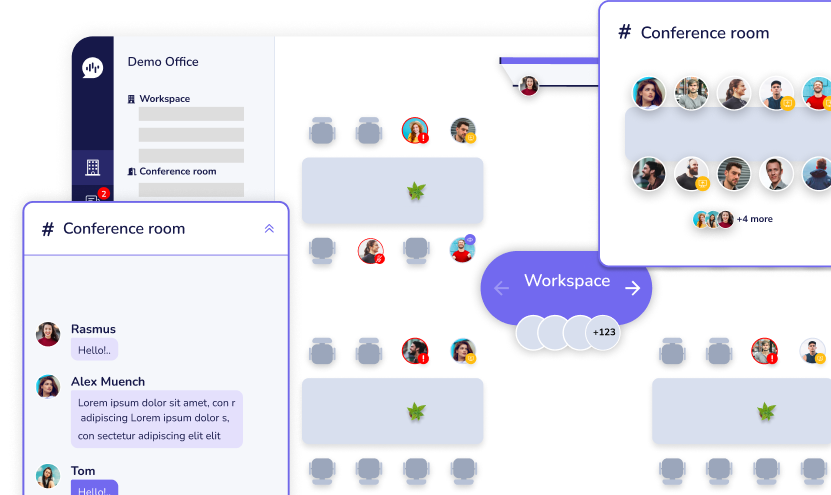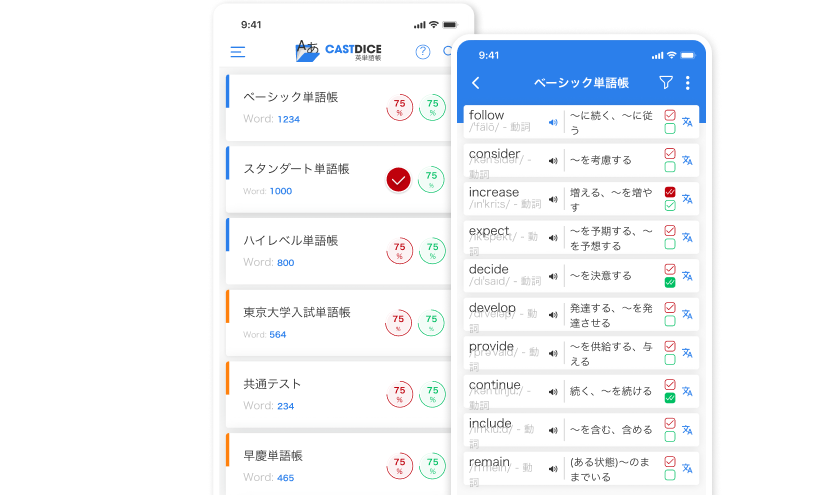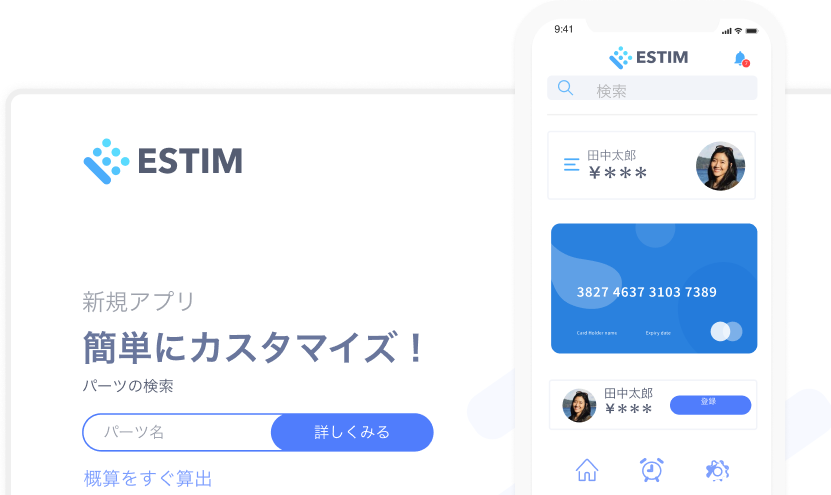Golang
Mobile
Tech Stack
+0
Cross-Platform Mobile Development with Golang: Build Native Apps
Over the past few years, cross-platform solutions have gained popularity for their ability to streamline development efforts. Golang is an optimal language for cross-platform app development, offering developers a powerful toolset and robust frameworks. In this article, we explore the use of Golang in cross-platform mobile development and delve into frameworks like Gomobile and Fyne that enable developers to build native mobile apps using Golang. Related articles: Automating Deployment of GoLang ApplicationsThe benefits of building chatbots with Golang The Rise of Cross-Platform Mobile Development Cross-platform mobile development allows developers to write code once and deploy it across multiple platforms like iOS or Android. With the diversity of mobile operating systems, cross-platform solutions have become increasingly popular among developers and businesses alike. Golang for Cross-Platform Development Golang's simplicity, performance, and concurrency features suit it well for mobile app development. Its efficient support for multiple platforms enables developers to write code once and deploy it seamlessly across various devices. Additionally, Golang's static typing and error checking contribute to the reliability and stability of mobile applications. Frameworks for Cross-Platform Mobile Development with Golang Gomobile Gomobile is an open-source project developed by the Go team at Google. It allows developers to build and deploy native mobile apps using Golang. Gomobile enables developers to write platform-specific code in Go and access platform-specific APIs, such as those provided by iOS and Android. The framework provides tools for compiling Go code into native libraries and generating bindings for mobile platforms, facilitating seamless integration with native code. Fyne Fyne is a lightweight, user-friendly framework for building cross-platform graphical interfaces in Go. While primarily focused on desktop applications, Fyne supports mobile platforms through its responsive design and flexible layout system. Developers can create mobile apps using Fyne's declarative UI components and build custom interfaces that adapt to different screen sizes and orientations. Fyne's simplicity and ease of use make it an attractive option for Golang developers seeking to build native mobile apps. Advantages of Building Native Apps with Golang Performance: Golang's efficient runtime and compiled nature result in fast and responsive mobile applications, providing users with a smooth and seamless experience.Code Reusability: Golang's cross-platform capabilities allow developers to reuse a significant portion of their codebase across different platforms, reducing development time and effort.Access to Native APIs: Frameworks like Gomobile enable developers to access platform-specific APIs and functionalities. As a result, it allows for seamless integration with device hardware and native platform features.Community Support: Golang's active and supportive community provides developers access to resources, libraries, and documentation. Furthermore, the dynamic community facilitates the development process and encourages collaboration. Challenges and Considerations While Golang offers several advantages for cross-platform mobile development, there are also some challenges and considerations to keep in mind: Platform Limitations: Cross-platform frameworks may have limitations in accessing certain platform-specific features or APIs. Sometimes it requires developers to find workarounds or use native code for certain functionalities.Learning Curve: Developers may need to familiarize themselves with the syntax and conventions of Golang.Performance Optimization: Developers may need to optimize their code and implement best practices to ensure optimal performance on mobile devices with varying hardware specifications. Read more: Golang for DevOps: Empowering Infrastructure as Code and Automation Conclusion Cross-platform mobile development with Golang offers developers a powerful and efficient approach to building native mobile apps. Frameworks like Gomobile and Fyne provide developers with the tools and resources they need to create responsive, performant, and feature-rich applications for iOS and Android platforms. By leveraging Golang's advantages, developers can unlock new opportunities and deliver high-quality mobile experiences to users worldwide. If you're considering Golang for your development project, let us help! Contact SupremeTech for your custom consultancy!
12/03/2024
2.16k


